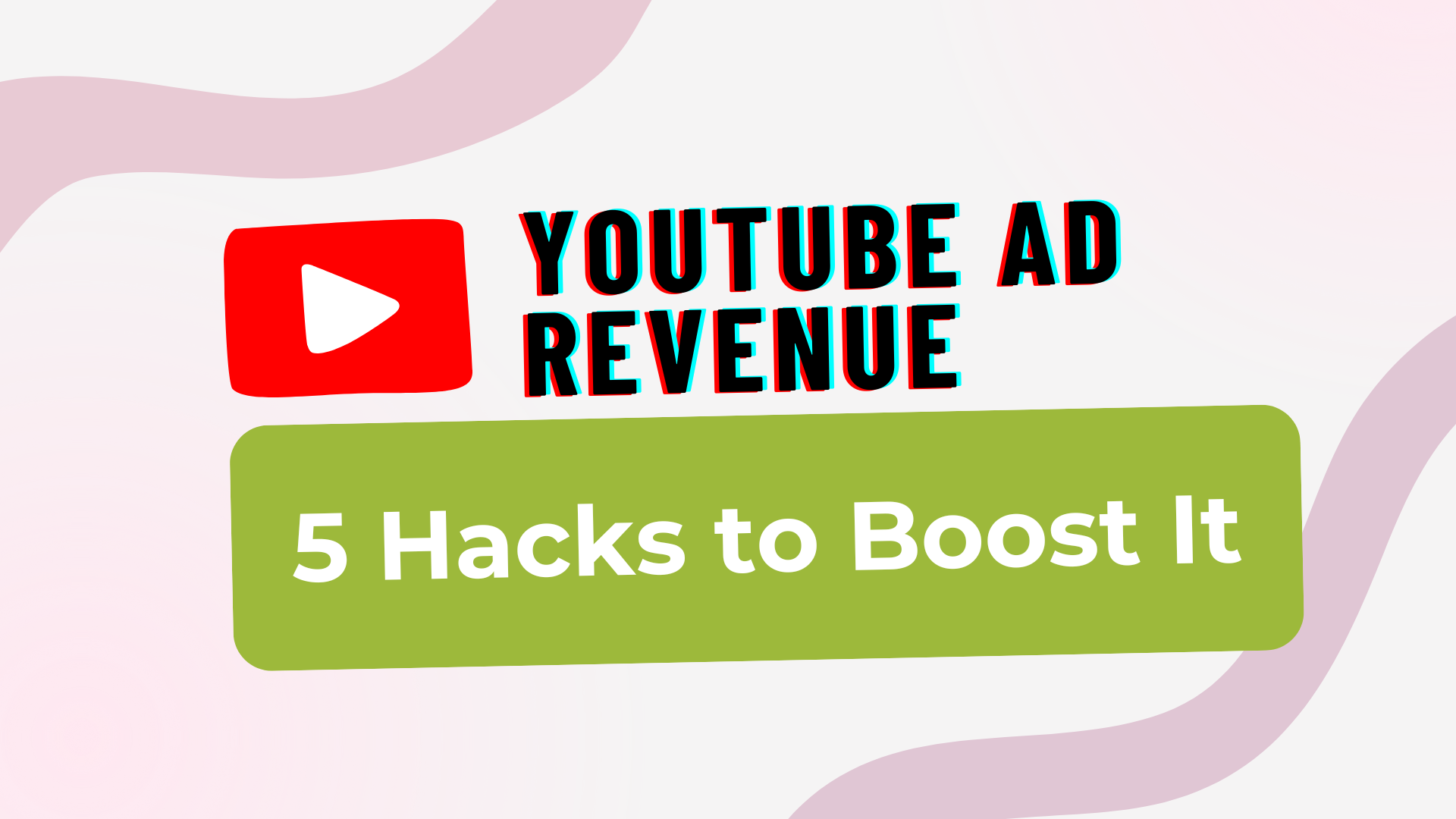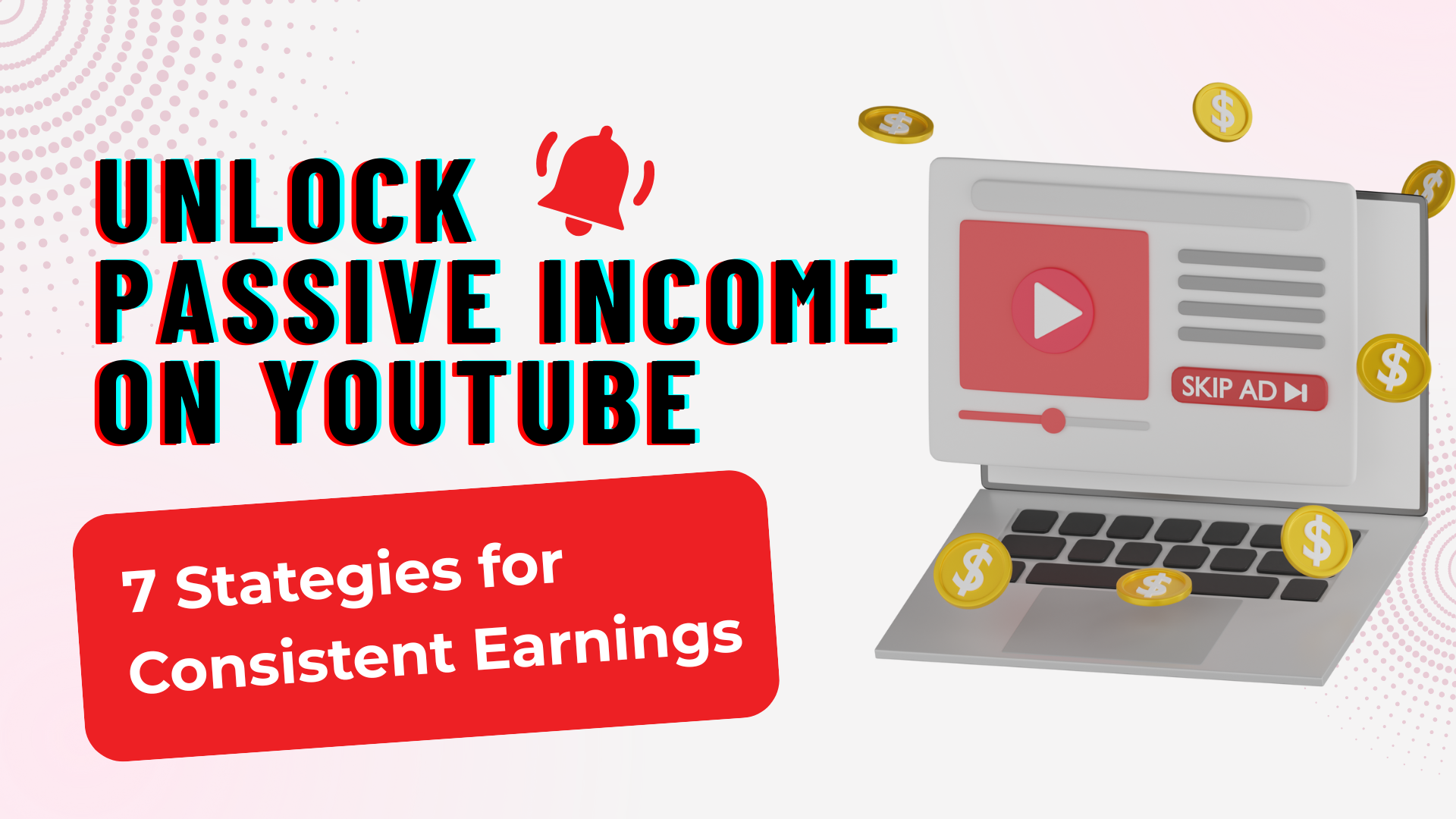
As a content creator on YouTube, understanding the complexities of ad revenue is crucial to your success. Earning money from YouTube ads is not as straightforward as it may seem, with a myriad of factors influencing your potential earnings. In this comprehensive guide, we’ll dive deep into the intricacies of YouTube ad revenue, exploring the different types of ads, the key drivers of your earnings, and the strategies you can employ to maximize your income.
Understanding YouTube Ad Revenue
YouTube ad revenue is a partnership between you, the platform, and advertisers. You bring the audience, advertisers bring the money, and YouTube orchestrates the deal, taking a cut along the way. However, not every view results in a payday. Only monetized views, where an ad actually runs and meets strict criteria like watch time or interaction, generate earnings for creators.
The YouTube Revenue Split
YouTube follows a standard 55/45 revenue split, where creators receive 55% of the ad revenue, and YouTube retains 45%. This split may seem straightforward, but it’s important to understand that there are deductions and adjustments that can impact your final earnings. Factors like invalid traffic adjustments and the revenue model for YouTube Shorts can further complicate the equation.
Types of YouTube Ads and Their Impact
YouTube offers a diverse range of ad formats, each with its own advantages and disadvantages. Skippable in-stream ads, non-skippable ads, bumper ads, and overlay ads all have different payouts and viewer experiences. Understanding the nuances of these ad types is crucial to striking the right balance between revenue generation and audience satisfaction.
Skippable in-stream ads, for instance, offer viewers an escape hatch after five seconds but reward creators when viewers choose to stick around. Non-skippable ads lock viewers in, often carrying a higher payout, but can risk alienating your audience if used excessively. Bumper ads flash across the screen in six-second bursts, compact but effective, while overlay ads whisper across the bottom of your video, barely interrupting but rarely lucrative.
Average Ad Revenue per View and per 1,000 Views
On average, YouTube pays between $0.0025 and $0.004 per ad view. When it comes to 1,000 ad views, creators can expect to earn anywhere from $1.50 to $20, depending on factors like niche, seasonality, and viewer demographics.
For example, a finance channel geared toward tax optimization in the United States during April can bask in CPMs pushing $20, while a lifestyle vlogger publishing casual summer routines in August might find themselves squinting at a $2.50 CPM. Context and audience targeting are key to maximizing your ad revenue.
Maximizing YouTube Ad Revenue
To boost your YouTube ad revenue, consider the following strategies:
1. Take Control of Ad Placements
YouTube’s “automatic placement” feature doesn’t always have your wallet in mind. Switch to manual placement and strategically position ads during natural pauses in your videos to create a better viewer experience and increase your earnings.
2. Identify Your “King Video”
Your top-earning video isn’t necessarily the one that generated the most cash. Instead, it’s the one boasting the highest CPM and RPM. Analyze your YouTube Analytics to find this “King Video” and then leverage it to drive more revenue. Consider steering viewers towards this video using end-screens or creating a playlist of your high-earning content.
3. Embrace Continuous Streaming
Launching 24/7 streams can be a goldmine for revenue growth, as seen with our partner Pikameo Gameplay. This channel bagged $2,000 and 6,000 fresh subscribers in just a month with four active continuous streams, which accounted for 71% of their total 4.5 million channel views and 80% of their watch time.
4. Enhance Your YouTube SEO
Improving the discoverability of your content is key to attracting more monetized views. Conduct thorough keyword research and leverage tools like VidIQ to optimize your titles, descriptions, and tags. This will help your videos rank higher in search results and recommended content, driving more traffic and revenue.
5. Diversify with YouTube Shorts
The rise of YouTube Shorts presents an exciting opportunity to earn additional revenue and reach new audiences. While the revenue model for Shorts differs from traditional YouTube videos, our partner Heidi & Zidane have already pocketed a cool 29% of their channel revenue from Shorts in 2023. Experiment with Shorts in your niche, whether it’s cooking hacks, app reviews, or fitness tips, and capitalize on this growing trend.
Conclusion
Unlocking the full potential of YouTube ad revenue requires a deep understanding of the platform’s nuances and a strategic approach. By implementing the techniques outlined in this guide, you can maximize your earnings and build a sustainable content creation business on YouTube. KUDO NETWORK is here to support your journey and help you achieve your YouTube monetization goals. So, why wait? Contact us today and let’s ignite your growth and make an impact.


